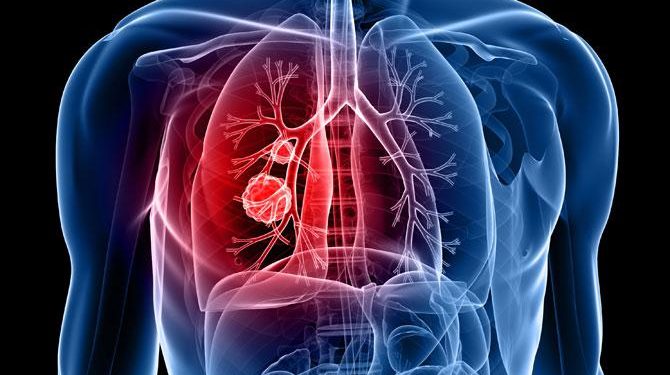If you are a COVID-19 survivor and worry about its severity in the later life then you can have a slight relief as a study has shown that initial severity of the virus may not be associated with later respiratory complications.
The study, published in the Annals of the American Thoracic Society journal, examined the recovery of lung function and overall wellness in individuals who had varying degrees of COVID-19 severity.
“We found that fatigue, ill-health and breathlessness were all common following COVID-19. However, these symptoms appeared to be unrelated to the severity of initial infection or any single measurement at the time of an outpatient appointment,” said the researcher, Liam Townsend from Trinity College, Dublin, Ireland.
Little is known about lung health following infection with SARS-CoV-2, the virus that causes COVID-19, and whether later respiratory problems, fatigue and ill health are associated with the disease’s initial severity, according to researchers.
For the study, the team looked at a number of measures of recovery for 153 patients who were followed in an outpatient clinic a median of 75 days after their COVID-19 diagnoses.
The team graded the patients’ initial infection severity as: (1) not requiring admission; (2) requiring hospital admission, or (3) requiring ICU care.
The study team also looked at participants’ chest x-rays to detect persistent infection or significant scarring (fibrosis) and performed CT imaging for patients with abnormal chest x-rays. Bloodwork was done to measure such indicators of disease as C-reactive protein, which increases when there is an inflammation in the body. Statistical analyses were performed.
“We were surprised by our findings. We expected a greater number of abnormal chest x-rays. We also expected the measures of ongoing ill-health and abnormal findings to be related to severity of initial infection, which was not the case,” Townsend said.
The authors’ findings suggest that COVID-19 does not cause significant fibrosis, with lung scarring seen on CT scans of only 4 per cent of study participants, following x-ray detection of earlier abnormalities in a larger group.
IANS






































